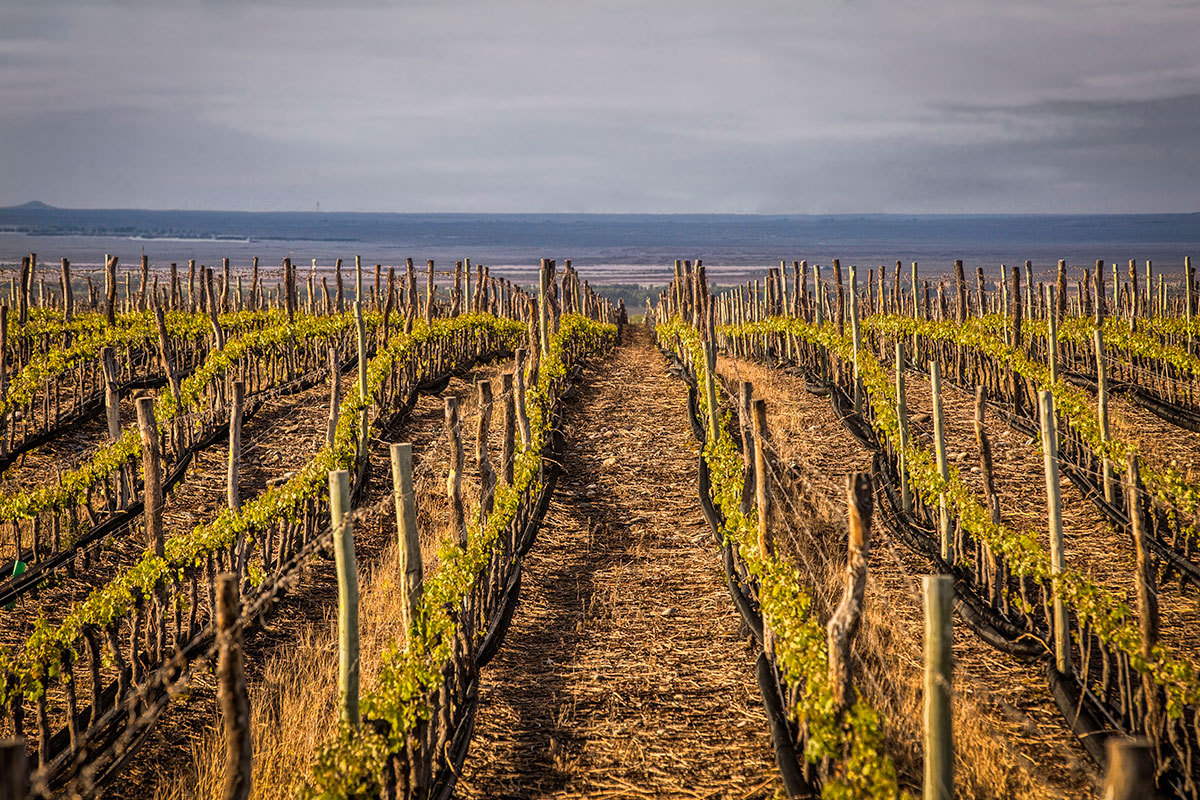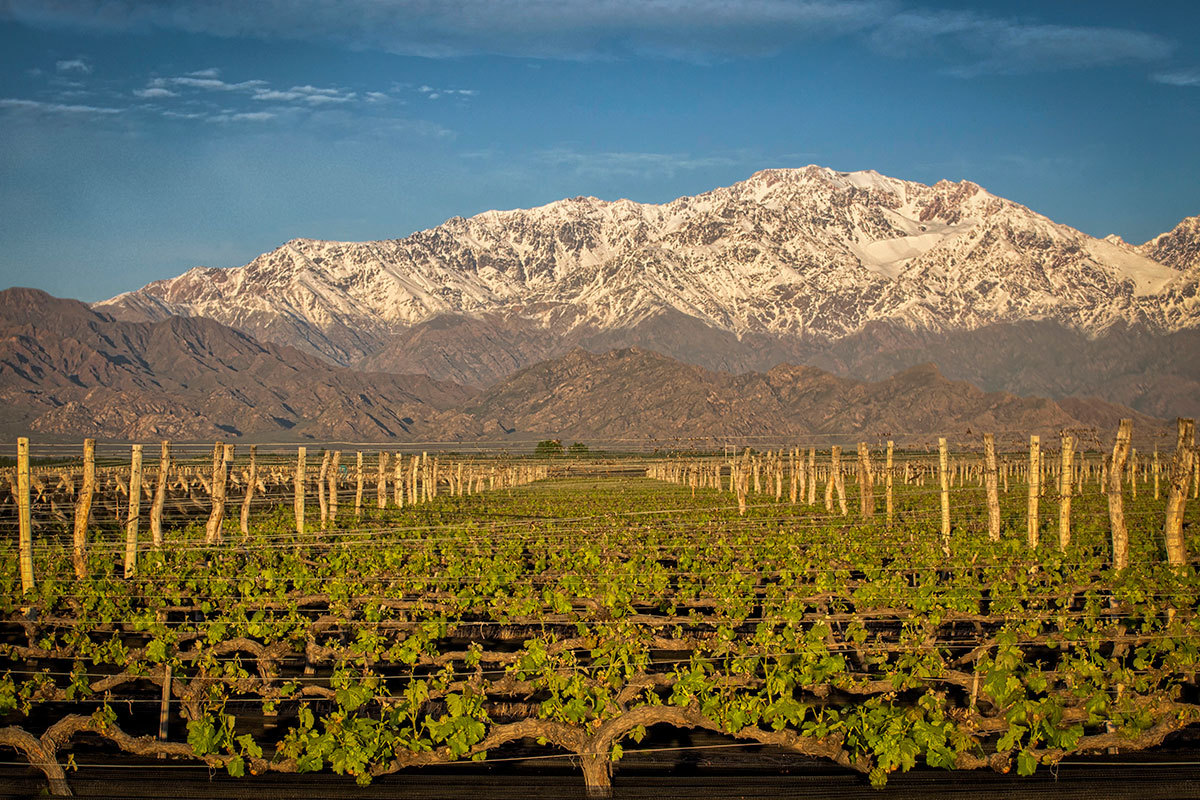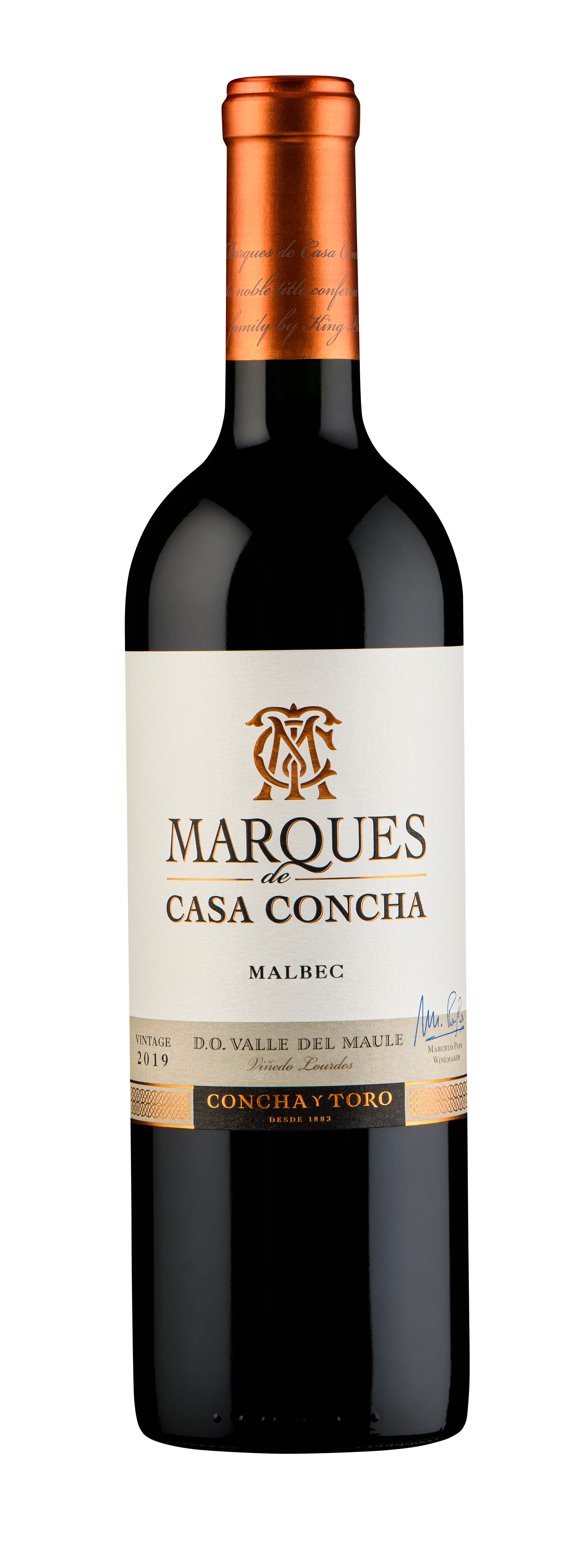When it comes to uncorking a bottle of wine, there are many reasons. But if you’re looking for the perfect excuse these days, this coming April 17th is Malbec World Day. To celebrate it, we invite you to drink and discover a little more about this popular grape variety.
Today, it seems impossible to talk about Malbec without thinking of Argentina: over 75% of the world production of this red wine comes from this country. But before it landed there, it was almost exclusively grown in its home country, France. Used mainly in Bordeaux blends (as one of the six authorized grape varieties), its cultivation did not prosper due to its susceptibility to fungi and diseases at the end of the 19th century. Currently there are few, although exquisite, French Malbecs. The best known come from Cahors, an area rich in limestone soils that produces somewhat rustic wines with great acidity, best suited for aging. Although there are also some vineyards in the Bordeaux and Loire area.
However, the current reputation of this popular wine grape is due to its successful production in Argentina, particularly in the Uco Valley of the city of Mendoza. 9 out of 10 bottles of Argentinian Malbec are produced there. It is also the place where the Agronomic Farm was inaugurated on April 17th of 1853, after receiving the first vine cuttings of this variety brought by the Frenchman, Michel Pouget. Therefore, Wines of Argentina chose this date for the celebration of Malbec World Day.

Renowned for its deep purple-red colour, it produces full bodied and acidic wines, with juicy and almost jammy fruit flavours of plum, blackberry and black cherry. Also it has secondary aromas of leather, chocolate, violets, black pepper, and tobacco. It all depends on where the vineyards are located, as this grape variety likes dry climates, lots of sun and, moreover, expresses the terroir very well. That’s why Argentinian Malbec tastes hugely different from French ones, and that of French ones from Californian or Chilean ones, for example.
Because Argentinian Malbec grows in a very sunny climate with alluvial soils, its wines are bold, more alcoholic, with a lot of fruit, floral aromas and even a spiced edge. While the French limestone soils give rise to wines with a rustic profile, meaty notes, great tannins and acidity. But the best way to learn all about Malbec is by drinking it.

A good example from Uco Valley is Terrunyo Malbec, a wine that offers aromas of black fruits and spices, with a floral touch and aged in oak barrels. Its persistent and velvety tannins make it an ideal companion for grilled meats. As Argentines do well.

Few know that before landing in Argentina, Malbec first arrived in Santiago de Chile in the mid-1840s. In fact, vines over 140 years old have been found in the Bio Bio Region. Although it is not an emblematic grape variety, fine wines are also produced in Chile. Marques de Casa Concha Malbec, for example, comes from Maule Valley and is an extremely complex wine with multiple layers of aromas dominated by sour cherries and black plums. Also has rich minerality and structure. While the Gran Reserva Serie Riberas Malbec is born from the most coastal area of the Colchagua Valley, a wine with aromas and flavours of black fruits, soft and sweet tannins.

Malbec pairs perfectly with lean meats, charcuterie, cheeses such as Blue, Gouda or Manchego, and dishes with earthy notes such as grilled vegetables, mushrooms or spices. Now you can choose the style that attracts you the most, uncork a bottle and enjoy this lovely wine grape. Cheers for Malbec Day!




